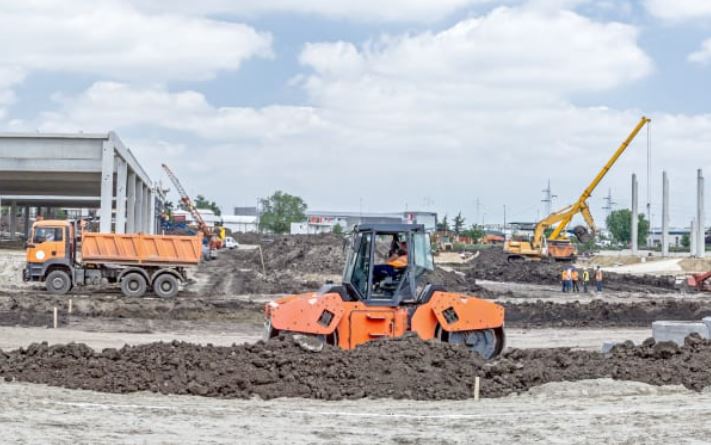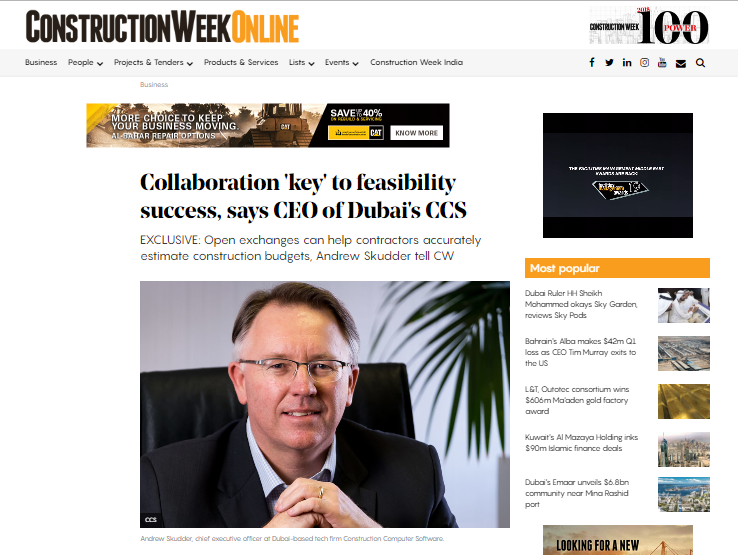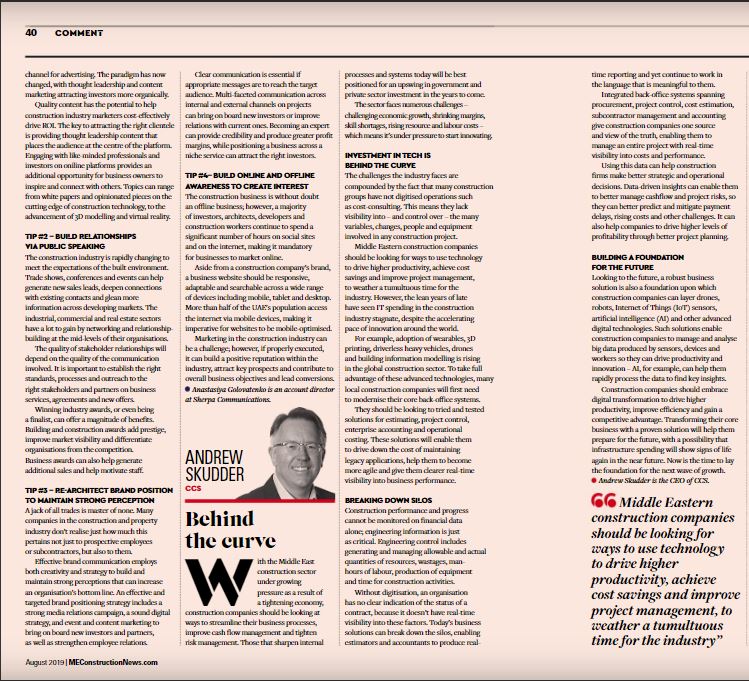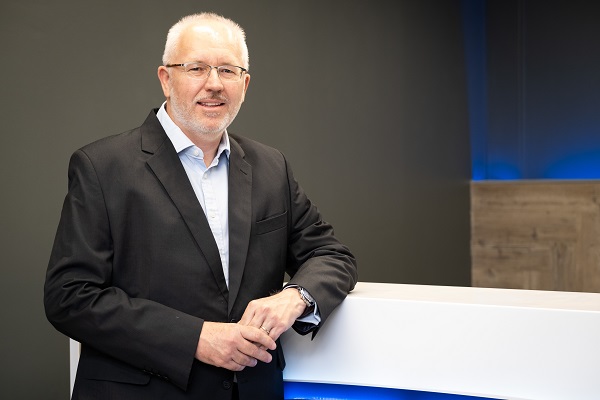Build smarter with digitalization

The construction industry is tool-based – there are different tools for different jobs. This creates silos of information and work that are unstructured and uncollated. Andrew Skudder, CEO of RIB CCS, talks about a solution-based collaborative platform and one central database. This digital platform approach empowers the sector to use the increasingly important asset of data to make better decisions and ensure projects are delivered more efficiently, on time, and within budget.
What value does RIB CCS bring to the construction sector?
AS: Our mission as a business is to digitally transform the construction and engineering industry into a more sustainable, advanced industry. Digital transformation increases collaboration, productivity and efficiency, which results in greater profitability and sustainability for companies. By assisting construction companies to build more with fewer resources, we then benefit society. Those saved resources can be directed to other projects. An effective built environment (and the associated infrastructure) is key for people’s quality of life and prosperity.
What is MTWO Complete Construction Cloud?
This is a cloud platform that provides end-to-end management across the design, build and operate phases of the construction life cycle. It is a partnership between RIB and Microsoft. RIB hosts iTWO 4.0 software with 5D BIM (five-dimensional building information modelling) capabilities on the Microsoft Azure platform. Furthermore, Microsoft Azure offers exceptional cybersecurity and other capabilities like AI (artificial intelligence) and HoloLens that are layered on top of the software – creating additional value.
A critical part of MTWO 5D BIM is the integration of 3D models with cost and schedule information to create a 5D model or digital twin of a project. 3D models can demonstrate how changes to materials, layouts, square meterage and other design elements affect the appearance of a facility, as well as the cost and schedule of construction. With a 3D model, costing and schedule, a client can simulate a project before construction has started and then value engineer and optimise that project. A 3D model is a visual representation of the project and if you add a functionality like HoloLens, you can even do a virtual walkthrough. The AI functionalities on
MTWO are chatbots, voice assistance and machine learning.
The beauty of MTWO is that it has an open architecture with open APIs, and this allows it to interface with other tools within the construction value chain. For example, many of our clients are users of Microsoft Project or Primavera, as well as SAP or Oracle, which can integrate into our platform. This allows for everyone to work on one single platform and database, which means that everyone collaborates seamlessly.
As an internet-based solution, MTWO needs decent bandwidth to operate, but there are offline functionalities, particularly relating to work done on a site.
RIB CCS is bringing this product to the Southern Africa, UK and Middle East regions. We are also working on further enhancing the platform with new functionality and modifications that may improve or better reflect the way that owners, developers and contractors operate within these markets.
Is MTWO a major departure from ERP-type (enterprise resource planning) systems industry has known in the past?
I would like to describe MTWO as the technical ERP in the construction industry. We depart from traditional ERPs because we are industry specific – the engineering and construction industry is project-based and operates differently to other sectors. Traditional ERPs focus on multiple verticals while we focus on one – therefore, the depth of functionality, expertise and support is unique, which is why roughly
80% of RIB CCS staff have previously worked at construction companies. Also, unlike other ERPs, MTWO deals with the entire value chain – from bidding for the project to its operation.
Can MTWO be used in the public sector?
Absolutely – government entities must make sure that infrastructure is built in a responsible way (on budget, on time, quality and according to environmental, social and governance rules). MTWO gives government entities transparency to see if a project is on budget and time, and provides transparency to stakeholders (like National Treasury) with regard to procurement.
This transparency will give greater confidence to the funders of these projects, as they would know that the project has been optimised and value engineered before construction and is well managed and controlled during construction.
The Deutsche Bahn (German rail operator) and Autobahn (German equivalent of Sanral) uses MTWO because they see the value in the transparency, collaboration and the ability to coordinate multiple projects.
What are common misconceptions about digitalisation?
People think that digital transformation is expensive and time consuming.
MTWO can be implemented in months, not years. But this often depends on a client’s implementation approach – some clients choose to start with estimating, and then a few months later move on to planning and, a few months later, procurement. Buying a best-of-breed solution that is purposely built for your specific industry can be expensive, but there is limited customisation and no development. We will be developing an out-of-the-box solution, where MTWO can be preconfigured and precustomised, which lowers the barriers to entry.
But if there is poor planning with no digital roadmaps and unclear objectives, digital transformation can be expensive and time consuming. Change management, led from the top, is key to a successful transformation.
“The construction industry has taken the longest to embrace digital technology. But we are now at an interesting stage within
the built environment where we have solutions like MTWO that are available to us. This is a unique opportunity for owners, developers and contractors to embrace this technology and create a more collaborative, transparent, efficient, and productive industry,” concludes Skudder.



